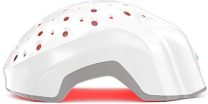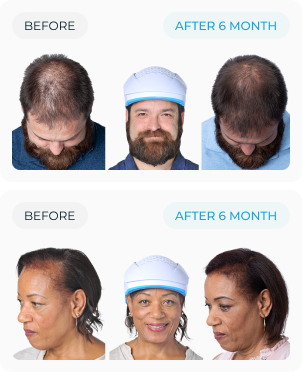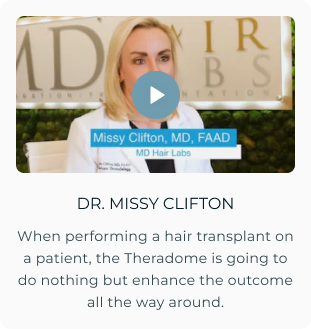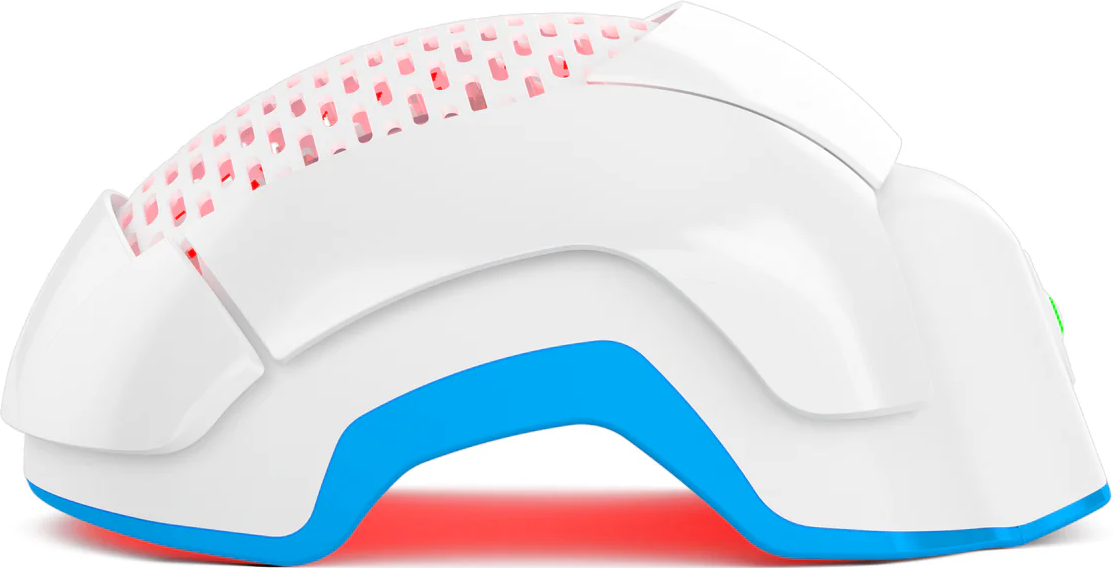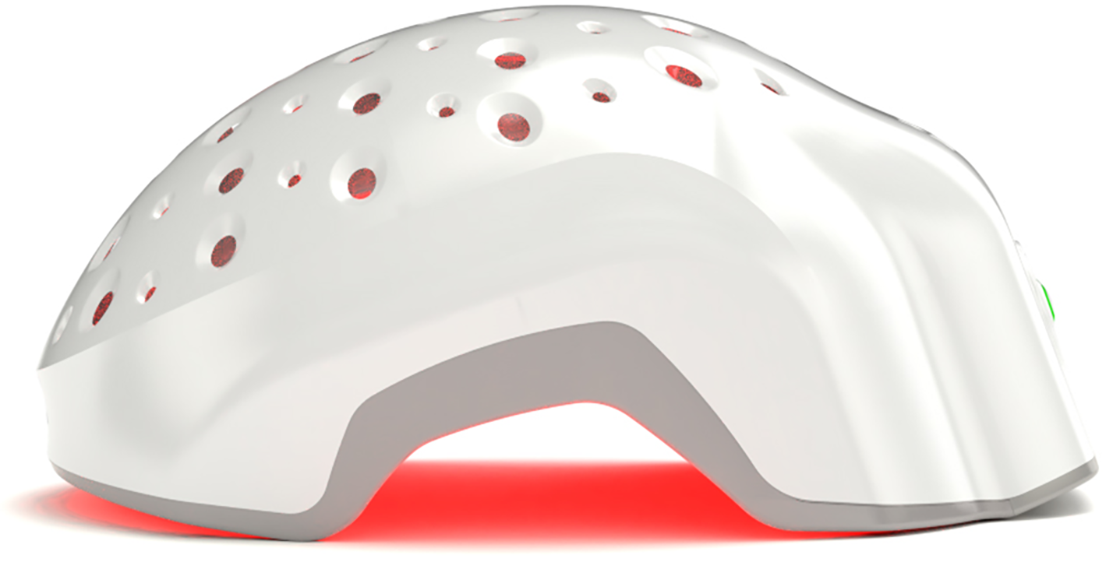“Receding hairline” might sound like a guy's problem — until your temples start thinning, your part won’t quit widening, and you suddenly have a forehead that feels one inch too ambitious. Let’s cut the polite silence: receding hairlines are real for women. And no, it’s not just “aging,” “stress,” or your styling habits catching up with you. There’s science behind it — and solutions that don’t involve hats or hiding.
Hairline recession in women rarely gets the spotlight, but it deserves clinical attention, not cosmetic brushing off. Whether it’s female pattern hair loss, hormonal shifts, or plain old traction abuse, your hairline isn’t retreating without a reason. This blog unpacks what’s really going on, how to catch it early, and what actually works to fix it (without promising you Rapunzel’s length overnight).
What is a Receding Hairline in Women?
When the temples start thinning, the part widens, and baby hairs take early retirement — that’s not your imagination. It’s the beginning of a receding hairline in women. Unlike men, who lose hair in a classic M-pattern, female hairline recession often shows up as a general thinning around the hairline and temples, revealing more forehead than you’d like. It’s not always dramatic, but it’s usually distressing.
What makes it more frustrating? This issue gets shrugged off constantly. Most women aren’t taught to look out for female pattern hair loss, let alone recognize the difference between normal shedding and hairline recession. But the difference matters — because when you catch it early, you’ve got options. And no, those options don’t involve hiding under scarves forever.
Early Signs and Symptoms of a Receding Hairline in Females
Widening of the Hair Part
One of the first red flags is your middle part stops cooperating. The once-slim divide between strands starts expanding, and volume on top becomes a distant memory. The part looks wider, flatter, and suddenly shows more scalp than you remember.
Thinning Around Temples or Forehead
Hair thinning at the temples or a fading hairline along the forehead are often early signs. It usually starts subtly — a few extra millimeters here, a patch there — but becomes more noticeable when styling becomes harder and framing the face takes longer.
More Hair Fall Than Usual
Yes, hair sheds. But if your brush starts pulling in more than usual, and especially if that hair is finer or shorter near the roots, it’s time to take it seriously. It’s not just seasonal shedding — it could be a symptom of hairline recession.
Change in Hair Texture or Density
Hair near the front can start feeling finer, wispier, or weaker. That change in texture often signals miniaturization — a process where hair grows thinner and shorter until it gives up altogether. This symptom usually flies under the radar until it becomes visually obvious.
Common Causes of Women’s Receding Hairline
Let’s not sugarcoat it: your hairline isn’t leaving just because it’s bored. Something is driving the shift.
1. Genetics and Female Pattern Hair Loss (Androgenetic Alopecia)
Female pattern hair loss is hereditary and usually shows up after menopause, but some women notice symptoms earlier. It’s marked by gradual thinning — and yes, that includes the frontal hairline.
2. Hormonal Changes (Menopause, Pregnancy, PCOS)
Estrogen protects hair. So when it drops, during menopause, postpartum, or due to PCOS, the scalp reacts. Hormonal changes can shift hair growth cycles, trigger miniaturization, and make the front hairline particularly vulnerable to shedding or thinning.
3. Stress and Lifestyle Factors
Stress isn’t just “in your head.” Cortisol (your stress hormone) messes with the hair growth cycle, sometimes pushing strands into the shedding phase too soon. Chronic stress, poor sleep, and nutrient-deficient diets can all tag-team your scalp into submission.
4. Hairstyles and Traction Alopecia
Tight buns, high ponytails, braids, and constant tension can lead to traction alopecia. This isn’t about styling once or twice — it’s about repeated pulling that damages follicles over time. And once those follicles give up, they rarely grow back on their own.
5. Nutritional Deficiencies
Your hairline isn’t picky — it just needs fuel. Iron, zinc, and vitamin D all play critical roles in follicle health. When you’re running low, your hairline is often the first place to thin out. Diet fads and nutrient gaps aren’t just bad for your body — they show up at your edges, too.
6. Medical Conditions and Medications
Frontal fibrosing alopecia, an autoimmune condition, specifically targets the hairline and often causes scarring. Other conditions like alopecia areata or thyroid issues can also trigger thinning. And yes, certain medications — like antidepressants or acne treatments — can quietly push your follicles into panic mode.
Treatment Options for Receding Hairline in Women
Early action matters. You don’t have to “wait and see” while your hairline moves back.
1. Topical and Medical Treatments
Minoxidil for women’s hair loss is FDA-approved and helps increase follicle activity. Anti-androgens (like spironolactone or finasteride) can also help if a hormonal imbalance is involved. These treatments won’t give you instant fullness, but they can absolutely slow or stop progression.
2. Laser Phototherapy
This is FDA-cleared. Laser phototherapy uses cold light to stimulate blood flow and reduce inflammation, helping follicles recover without drugs or damage. It’s painless, easy, and clinically backed.
One effective LPT device is the Theradome hair growth helmet, which is designed to support hair growth. It’s easy to use at home and takes just a few sessions each week. Many women have seen thicker, healthier hair after using it regularly. It’s a great option for treating a receding hairline without using drugs or harsh treatments.
3. Platelet-Rich Plasma (PRP) Therapy
PRP therapy for hair loss uses your own blood platelets to stimulate follicle repair. Injections into the thinning areas can kickstart growth, especially when combined with other treatments. It’s not magic, but the science checks out.
4. Nutritional Supplements
Supplements can only help if you’re actually deficient. But if blood tests show low iron, zinc, or vitamin D, correcting them can strengthen existing hair and support regrowth. Over-supplementing is pointless — and sometimes risky.
5. Hair Transplant Surgery
For women with stable hair loss and enough donor follicles, hair transplant surgery may offer a long-term fix. But timing matters — transplants should only happen when active shedding has been controlled.
Also Read: Hair Transplant vs Laser Treatment: Which is Better?
Preventive Tips and Hairline Care
Start with gentle habits: no tight hairstyles, no yanking brushes, no overprocessing. Use mild, sulfate-free shampoos, stay consistent with scalp care, and build in stress reduction (your follicles hate cortisol). Scalp massages? Yes. They boost circulation and feel amazing. Prevention is less glamorous than a fix, but way more effective.
Conclusion
Receding hairlines in women aren’t rare, random, or shameful — they are common, often treatable, and absolutely worth paying attention to. Whether it’s hormonal, hereditary, or lifestyle-triggered, early intervention makes all the difference. With the right diagnosis, real science, and consistent care, you can stop the recession in its tracks — and maybe even grow some ground back. Just don’t wait until your hairline files a permanent change of address.



